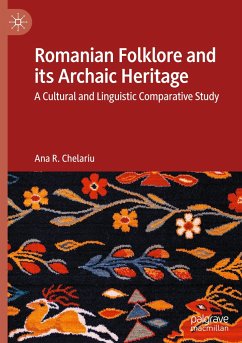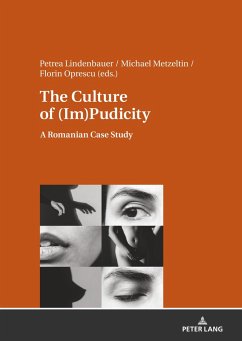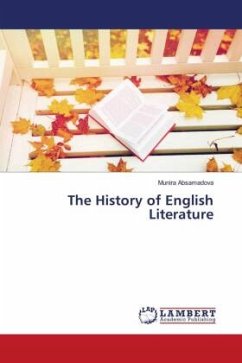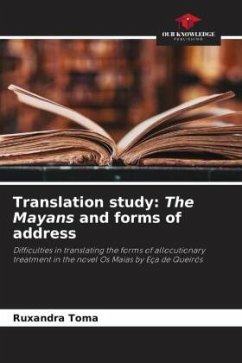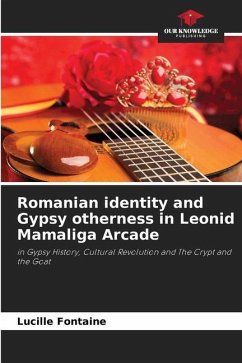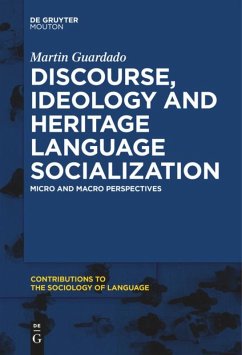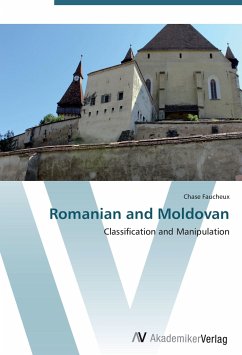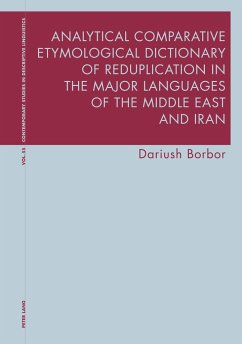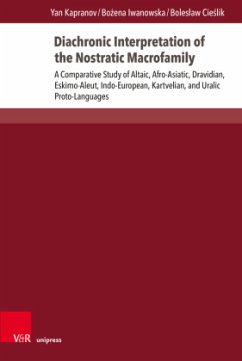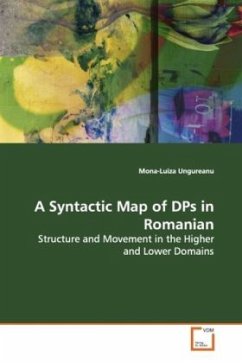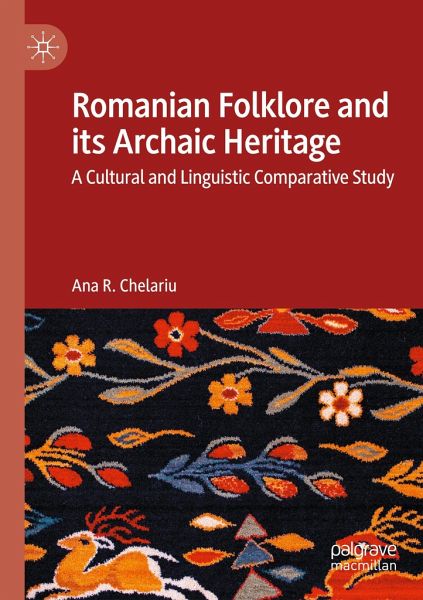
Romanian Folklore and its Archaic Heritage
A cultural and Linguistic Comparative Study
Versandkostenfrei!
Versandfertig in 6-10 Tagen
98,99 €
inkl. MwSt.
Weitere Ausgaben:

PAYBACK Punkte
49 °P sammeln!
This book presents rich information on Romanian mythology and folklore, previously under-explored in Western scholarship, placing the source material within its historical context and drawing comparisons with European and Indo-European culture and mythological tradition. The author presents a detailed comparative study and argues that Romanian mythical motifs have roots in Indo-European heritage, by analyzing and comparing mythical motifs from the archaic cultures, Greek, Latin, Celtic, Sanskrit, and Persian, with written material and folkloric data that reflects the Indo-European culture. The...
This book presents rich information on Romanian mythology and folklore, previously under-explored in Western scholarship, placing the source material within its historical context and drawing comparisons with European and Indo-European culture and mythological tradition. The author presents a detailed comparative study and argues that Romanian mythical motifs have roots in Indo-European heritage, by analyzing and comparing mythical motifs from the archaic cultures, Greek, Latin, Celtic, Sanskrit, and Persian, with written material and folkloric data that reflects the Indo-European culture. The book begins by outlining the history of the Getae-Dacians, beginning with Herodotus' description of their customs and beliefs in the supreme god Zamolxis, then moves to the Roman wars and the Romanization process, before turning to recent debates in linguistics and genetics regarding the provenance of a shared language, religion, and culture in Europe. The author then analyzes mythcreation,its relation to rites, and its functions in society, before examining specific examples of motifs and themes from Romanian folk tales and songs. This book will be of interest to students and scholars of folklore studies, comparative mythology, linguistic anthropology, and European culture.



